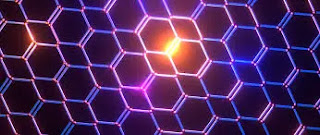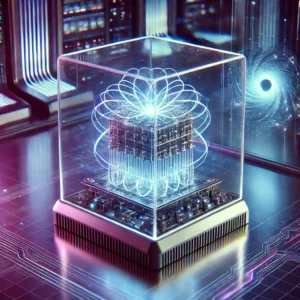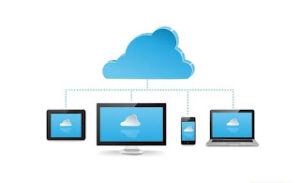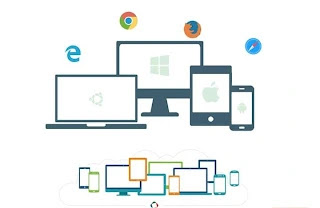Graphene: A Substance That Will Change The Future
Graphene is the thinnest and lightest substance in the world. But even then it is 300 times stronger than steel.
Electricity flows through it faster than copper. And this substance can transfer heat better than diamond.
It is flexible, expandable, transparent and waterproof.
It prevents corrosion and protects from rust. Even it is perishable.
Last but not least, it can be made from very simple household items.
We have known about graphene since 1859. In fact, it is nothing more than a thin sheet of carbon atoms. Graphite is formed by combining many such layers of graphene. Yes, it is the graphite that is used in pencils.
However, this element was first separated in 2004 by Andre Jim and Costa Novoselv, two professors at the University of Manchester. This discovery earned them the 2010 Nobel Prize in Physics.
Graphene will make our world a lot clearer and smarter in a thousand ways. Here are 5 examples:
1. Material strength: Since graphene is by far the strongest measurable element, adding graphene to an object dramatically increases the strength of that object. Its use is becoming possible in concrete, plastic, metal and composite materials.
2. Energy Transport: Since graphene is by far the best measurable electrical conductor, graphene can be used to make products that no one has seen before. Such as paper-thin batteries, foldable smartphones, batteries that can be charged in minutes, microprocessors that operate at speeds that were previously unimaginable.
3. Heat transfer: At the same time, graphene in paints or coolants saves a significant amount of energy (30%) as it is the best material for heat transfer. Thus graphene plays a role in reducing carbon emissions by increasing the efficiency of heating and cooling systems.
4. To “smart” the material: Being the only two-dimensional element on Earth, the atoms in a single layer of graphene are able to measure temperature, cracks, touch, breakage and distortion. Among the thousands of benefits of graphene are energy-efficient smart buildings, smart roads that can accommodate vehicles, truck load measurements, temperature management, and building cracking.
5. To reduce friction: Adding graphene to the lubricant as an adhesive reduces friction and improves work efficiency. Experiments have shown that the use of graphene-based diesel fuel and lubricants saves about 40% of fuel.
This progress is not just on paper. Such technologies exist today, in many cases have been marketed or are being commercialized, and research is underway to develop graphene around the world.
#Technology #future #graphene





